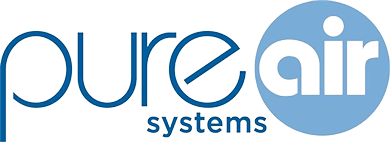Surviving The Transition
The years from 2006 through 2012 are now referred to as the last recession. I don’t agree. The major unraveling of our economy began when the major multi-national corporations began to move their engineering, R& D and assembly and manufacturing operations off-shore. They found the cost savings were extraordinary as they could retire many of their highly paid senior executives and engineers and the cost of labor overseas was much lower than the US based operations. In addition, the environmental laws and lower health care costs significantly added to the bottom line.
The second part of the economic collapse began when greed took over the housing market. Well greed and the lack of any controls over who could borrow money and how much credit was extended with little thought for paying it back. This was the U.S. Banking industry at its lowest point of operational functionality. Combine the unrealistic expectations that housing prices would climb 5% a month forever and the continued movement of high paying jobs off-shore and you had the beginning of the major transition that changed our economic landscape.
Pure Air Systems, a small manufacturing company in Indianapolis, makes some of the most effective, high performance HEPA based, fan powered air filtration systems on the market. Much of their growth came from the residential market while slowly building upon their commercial product line. The demise of the housing market hit the company very hard, but because they had a large number of residential units already in the field ( PAS started in 1985) the replacement filter part of their operation continued to grow. With the addition of two new systems designed specifically for the commercial, institutional, medical and industrial markets PAS was able to supplement their residential sales market with these higher priced systems. In addition, the commercial systems required more frequent changes of their three filters so the revenue stream from the “annuity” side of the business allowed for continued operations of the company while the economy went through its transition.
In 2014 Pure Air Systems is stronger and profits are coming back. Also, the addition of a new “FDA Medically Approved” portable will significantly add to the bottom line when this system goes into production in early 2015. Many large and small companies, in both retail and manufacturing, left us forever during the transition. Now that the new economy is forming more new companies will come onto the scene, hopefully with some understanding of how even small changes can affect their bottom line.
For more information on PAS please go to our website at: https://www.pureairsystems.com or follow us on Twitter @ pureairsystems. Of course you can always call us on our toll-free number at: 800-869-8025.

